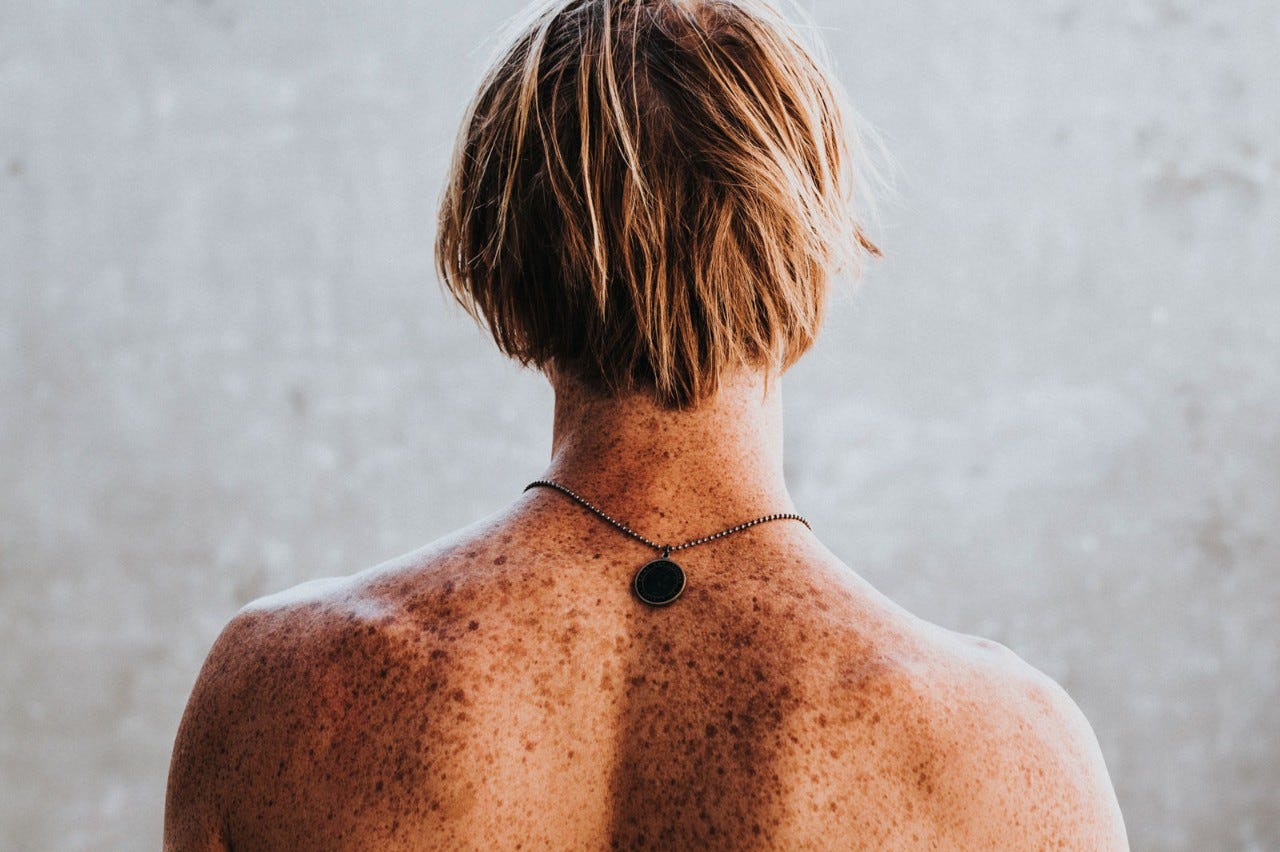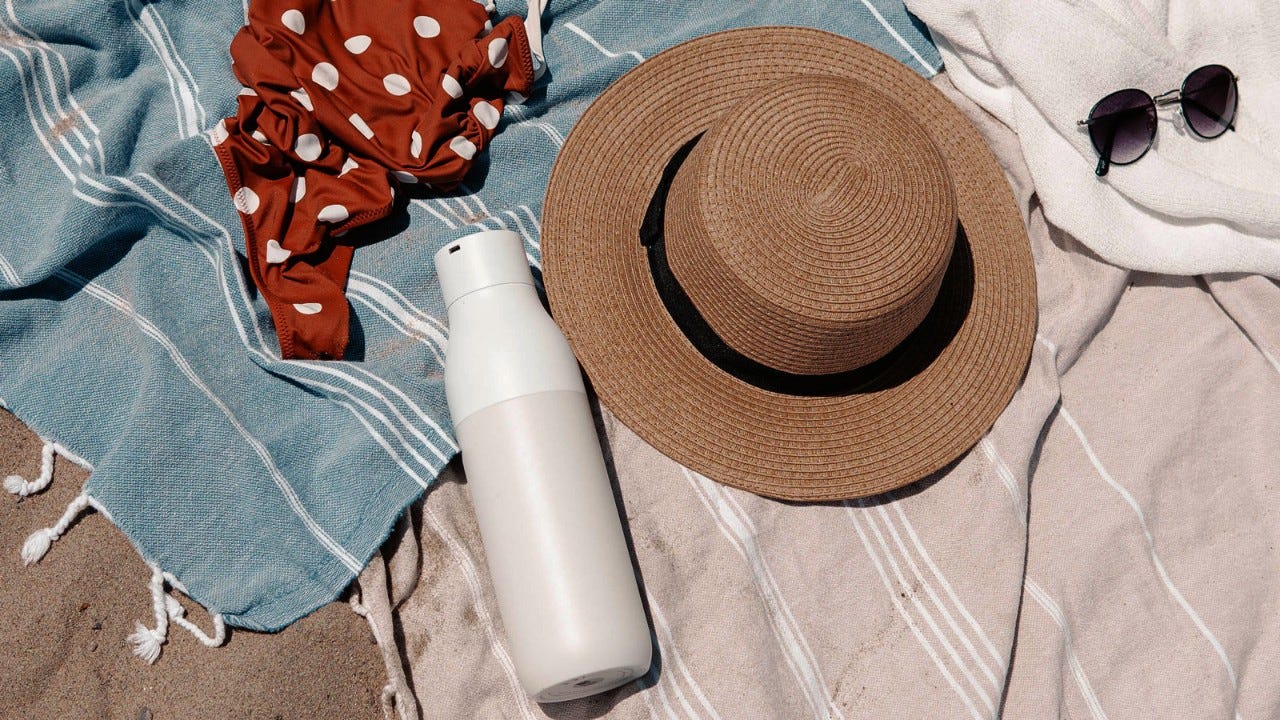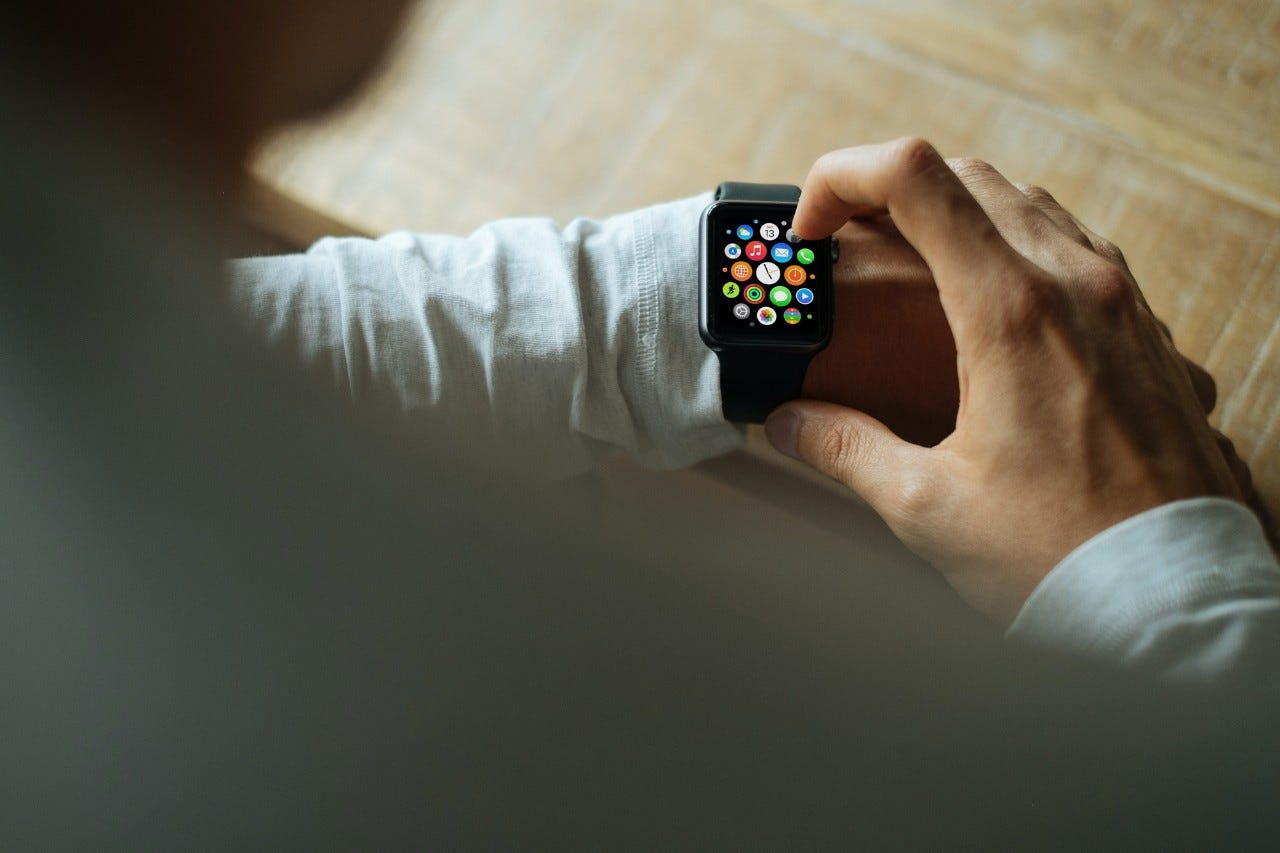Myths and facts about sun protection
Barbecue, hike, swim: When the sun beckons, everyone is drawn outside. But, as we all know, UV rays are harmful to the skin. Ten myths and facts about skin health.

- Myth 1: Some sunscreens protect the whole day
- Myth 2: Reapplication prolongs sun protection
- Myth 3: No sunscreen is truly waterproof
- Myth 4: A lot of sunscreen helps a lot
- Myth 5: The sun protection provided by sunscreens does not take effect immediately
- Myth 6: Sun promotes the formation of dangerous moles
- Myth 7: The same sun protection rules apply to athletes
- Myth 8: Sunscreen is applied before mosquito and tick protection.
- Myth 9: Strong sunlight triggers cold sores
- Myth 10: Mineral UV filters are better than chemical ones
- Expert tips from Dr. med. Helen Massa, specialist in dermatology and venereology
The sun’s UV rays accelerate skin ageing and increase the risk of skin cancer. Almost every child knows that by now. But myths also abound about sun protection. How often do we need to reapply sunscreen? And why is a mineral sunscreen better – or is it? 10 myths: true or false?
Myth 1: Some sunscreens protect the whole day
Every skin has its own protection against harmful UV radiation. Lighter-skinned people are more sensitive to sun exposure and damage. Sun creams extend the skin's own protection by the factor stated on the packaging. Example: A very fair-skinned person has a self-protection of around 10 minutes. Wearing SPF 30 means you could be in the sun for around 300 minutes. But sunbathing with a stopwatch is pure theory. Firstly, many people underestimate their skin’s sensitivity. That’s why the Swiss Cancer League stopped recommending protection based on skin type many years ago. On the other hand, sweat, water and exercise will rub off the sunscreen before it reaches its maximum duration.
Myth 2: Reapplication prolongs sun protection
Many sun worshippers believe that reapplying sunscreen means they are protected all over again. But that’s not true. Regardless of skin type, the specified protection is only valid once per day. Nevertheless, you still have to reapply cream every now and then to maintain the protection, Because the creams do not stick.
Myth 3: No sunscreen is truly waterproof
A sunscreen that stands up to anything would be handy, but unfortunately there is no such thing. Creams are considered “water-resistant” if they still offer at least 50% of the declared protection after being wet. So even water-resistant sunscreens definitely need to be reapplied after swimming to maintain protection.
Sunburn is very stressful for our skin, which is the body’s biggest organ. Cooling is key. For example, take a cold shower and dry yourself gently. Or place a damp cloth on the affected area. Thinly applied quark, ideally straight from the fridge, also provides some relief for sunburn sufferers. Cooling after-sun products have the same effect. It is also important to drink plenty of water. If the skin blisters, nausea, severe headache or fever, a doctor should be consulted.
Myth 4: A lot of sunscreen helps a lot
That’s actually true. Most people don’t use enough sunscreen. This is not an area where you want to cut corners. If you don’t apply enough sunscreen, your sun protection can be reduced significantly. The Swiss Cancer League recommends applying plenty of sunscreen once and then reapplying after 15 minutes. This also protects the areas that were perhaps forgotten the first time.
Myth 5: The sun protection provided by sunscreens does not take effect immediately
This is false. However, it is a good idea to let the sunscreen dry on your skin first before you go out in the sun and sweat. When the cream holds better on the skin, it is less likely to rub off. Ideally, you should apply the cream about 30 minutes before going into the sun.
Myth 6: Sun promotes the formation of dangerous moles
Some moles are genetic. Others only develop during the course of your life, with sun exposure promoting their formation. Moles are basically harmless, but in some cases they can develop into skin cancer. According to the Swiss Cancer League, one-fifth of all melanomas result from an existing mole. Most of them are therefore newly formed. Most are newly formed. However, if you have more than 100 moles, you belong to the risk group and should protect yourself particularly well from the sun and regularly check your skin for changes.

Myth 7: The same sun protection rules apply to athletes
It’s natural that if you do sport, you sweat. Drying off the sweat or having contact with water reduces the sun protection significantly. It is essential to reapply sunscreen frequently and to use a product with a high sun protection factor. If you are exposed to the sun all day, you should also protect yourself by wearing trousers, long sleeves and a sun hat. UV radiation is particularly high in the mountains, increasing by about 10% for every 1,000 metres of altitude. Water sports also pose an increased risk, as the reflection of the water intensifies the UV radiation. Special UV textiles are recommended for longer stays on the water. By the way: The best time to exercise is early in the morning until 10 am.
Myth 8: Sunscreen is applied before mosquito and tick protection.
The best way to do it is to let the sunscreen soak in for about 30 minutes before applying any mosquito and tick repellents. This is due to the product properties. While sunscreen absorbs easily into the skin, water-soluble mosquito and tick repellents lie on top. This also means that the mosquito repellent tends to last a little less long than sunscreen and needs to be reapplied more often.
Myth 9: Strong sunlight triggers cold sores
The lips are often forgotten when it comes to sun protection. Unlike other parts of the body, however, these are particularly exposed to UV rays. Exposure to strong sunlight not only triggers cold sores, it also causes the skin around the lips to age more quickly. They lose volume, and fine lines can appear around the mouth. Last but not least, the lips are also at risk of skin cancer.
Myth 10: Mineral UV filters are better than chemical ones
Chemical (organic) and/or mineral (physical) UV filters are responsible for the protection in sunscreens. Chemical filters absorb UV radiation and convert it into heat, while physical filters reflect it. The advantage of chemical filters is that they provide very high protection which is not achieved with mineral filters. Plus, sunscreens with chemical filters absorb better into the skin. Animal experiments have shown hormone-like effects from chemical filters, but the Federal Office of Public Health (FOPH) says that this is not known to occur in humans. A further drawback is that certain chemical filters can bleach coral, whereas mineral UV filters are much more environmentally friendly. They are especially recommended for babies and toddlers as they are kinder on the skin. On the other hand, they are more difficult to apply. Some mineral sun creams also contain nanoparticles that are suspected of being absorbed by the body. but this has not been not scientifically proven. So, it’s up to you and your requirements whether you opt for a chemical or mineral sunscreen. In fact, many manufacturers combine both.
Expert tips from Dr. med. Helen Massa, specialist in dermatology and venereology
-
How high should the sun protection factor be?
This depends, among other things, on how long you spend in the sun, the intensity of the UV radiation, what you are doing and your skin type. If you don’t have any risk factors for skin cancer, you can sometimes wear SPF 30. To be on the safe side, you can always apply SPF 50 or 50+.
-
What to look for when buying a sunscreen
SPF only measures how much a sunscreen will protect you from UVB rays. For all-round protection, the sunscreen should also contain a UVA filter. This is shown on the packaging with a UVA circle logo or the designation “broad spectrum”. It is also important to choose a sunscreen that you like to apply.
-
How to prevent skin cancer
Above all, avoid frequent sunbathing, sunburn and stay away from solariums. Apply sunscreen as recommended early before exposure to the sun, make sure you apply enough, and keep reapplying throughout the day. A sun hat and clothing made of dense fabric or even special sun protection clothing provide additional protection. And don't forget your sunglasses! You should try to stay in the shade during the midday hours. If you have a higher risk of developing skin cancer – for example if your family has a history of melanoma skin cancer or you have a lot of moles – you should go to the doctor for regular check-ups.
-
How to spot a potentially cancerous mole
Follow the ABCD rule: If you notice any changes to your skin, for example if the mole is Asymmetrical, i.e. has an irregular shape with two parts that look very different, if the Border is irregular or jagged, if the Colour is uneven, if the mole’s Diameter is larger than the size of a pea or if the mole has Evolved (changed) during the past few weeks or months, you should see a doctor.


